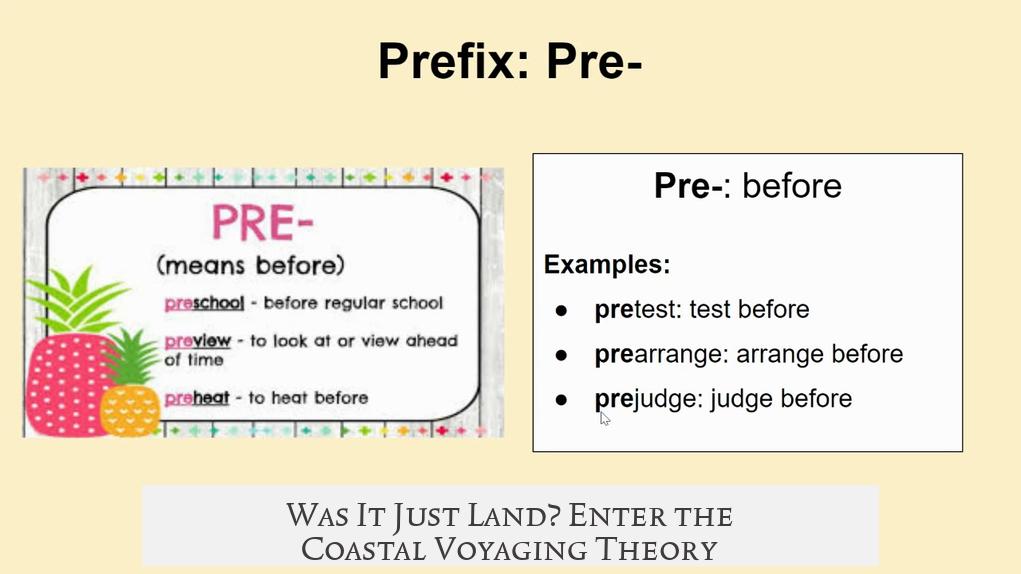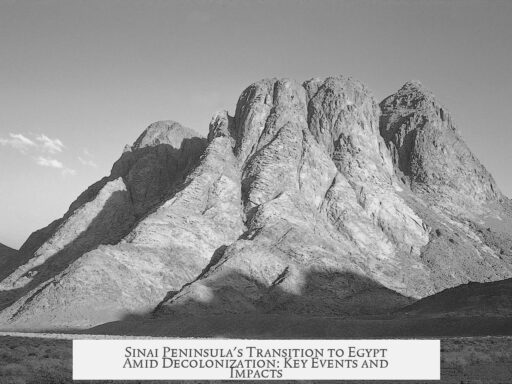No human groups lived in what is now the USA before the ancestors of Native Americans arrived. Humans first evolved in Africa and then spread to other continents. North America remained uninhabited by humans until Indigenous peoples migrated there thousands of years ago.
There are two main theories about how the first Indigenous peoples settled North America. The most widely accepted idea is the Bering Land Bridge theory. During the last ice age, about 16,500 years ago, lower sea levels exposed a land bridge connecting Siberia and Alaska. Early humans crossed this route, gradually spreading into the continent. This theory explains much of the early archaeological evidence.
Another idea gaining attention is the Coastal Voyaging theory. It suggests that people traveled by boat along the Pacific coast from Siberia to Alaska. This coastal route may have allowed earlier or simultaneous migration alongside the land bridge crossing. Archaeologists continue to study this hypothesis, but the precise timing and routes remain debated.
Before these migrations took place, no humans had lived in North America. The continent was populated only after these waves of migration introduced the ancestors of Native Americans.
- Human evolution began in Africa; migrations led to global settlement.
- The Bering Land Bridge connected Siberia and Alaska 16,500 years ago.
- People moved over this bridge to populate North America first.
- The Coastal Voyaging theory proposes migration by sea along the Pacific coast.
- There were no prior human inhabitants in North America before these migrations.
Who Lived in the USA Before the Native Americans?

Here’s the truth bite right upfront: no humans lived in North America before the Native Americans settled it. Sounds simple, right? But it unravels a fascinating story of migration, adaptation, and discovery.
The reason? Humans didn’t originate in the Americas. They first evolved in Africa, specifically Homo sapiens around 300,000 years ago. From this cradle, people moved out, spreading across continents over tens of thousands of years. So, before the ancestors of Native Americans arrived, the land that is now the USA was human-free.
The Great Human Migration: From Africa to the Americas
The journey to North America was a long saga. Early humans left Africa, traveled through Asia, and eventually made their way into the New World. The timing and path of this migration have intrigued scientists for decades.
One enduring answer to how people first arrived comes from the famous Bering Land Bridge Theory. During the last Ice Age, about 16,500 years ago, sea levels dropped significantly. This exposed a landmass connecting Siberia and Alaska, known as Beringia.
Imagine a massive frozen corridor, stretching hundreds of miles, allowing people (and animals) to walk from Asia directly into what we now call North America. This is believed to be the route pioneers took to begin populating the continent.
Was It Just Land? Enter the Coastal Voyaging Theory

But the plot thickens. Recent research introduces the Coastal Voyaging Theory, sparking lively debates among archaeologists and anthropologists. This theory suggests early humans didn’t just walk across a land bridge. They might have also traveled by boats along the Pacific coastline between Siberia and Alaska.
Think of it like this: small groups exploring, trading, migrating by water routes rather than solely overland trails. This would mean that early settlers focused on the rich resources along coastal shores—fish, shellfish, and marine plants.
However, exactly when and how this coastal migration happened remains a hot topic. Archaeological evidence is still emerging. Some findings suggest human presence in coastal sites hundreds of miles south of Beringia dating to that period. But skepticism persists because water preserves less evidence than land.
Clarifying Common Misconceptions
So, what about the idea that other people lived here before Native Americans? Some might point to myths or assumptions—but no credible scientific evidence supports the presence of non-Indigenous humans before these first settlers.
Understanding that all Indigenous peoples share a long ancestral connection to those earliest arrivals highlights their profound place in human history. Their cultures, languages, and traditions reflect thousands of years of growth in these lands.
Why This Matters: The Benefits of Knowing Our Origins
Recognizing who lived in the USA before Native Americans—or more precisely, that Native Americans are the first—is more than an academic exercise. It respects Indigenous heritage and strengthens cultural identity.
Plus, it shapes how we view human resilience and adaptation. Imagine crossing vast, harsh landscapes or icy waters to settle entirely new continents long before modern conveniences existed.
It also guides modern archaeology and anthropology. By refining theories like Bering Land Bridge and Coastal Voyaging, scientists learn about how humans interacted with environments during the last Ice Age. This knowledge impacts climate studies and how species have responded to environmental changes.
Proof in the Pottery and Bones: Tracing Early Settlers
Archaeologists uncover stone tools, campfire sites, and human remains to map migration patterns. Carbon dating places the earliest clear evidence of humans in North America around 15,000 to 16,000 years ago, aligning well with the Bering Land Bridge hypothesis.
Meanwhile, coastal sites show potential signs of even earlier arrival by seafarers following marine routes. These findings challenge us to rethink strict migration models.
A Quick Comparison: Bering Land Bridge vs. Coastal Voyaging
| Aspect | Bering Land Bridge | Coastal Voyaging |
|---|---|---|
| Mode of Travel | Walking across exposed land | Boat or raft along coastline |
| Time Period | About 16,500 years ago | Likely around similar or earlier time, but uncertain |
| Evidence | Stone tools, bones, DNA | Coastal archaeological sites (less preserved) |
| Debate | Widely accepted | Under vigorous debate |
Final Thoughts: What Did We Learn?
In short, humans come from Africa and spread across continents. The first people to reach what is now the USA did so around 16,000 years ago, crossing from Siberia into Alaska, either by land or coastal routes. Before them, the continent simply had no human residents.
Understanding this past offers more than history—it connects us to a shared origin story of survival and exploration. And it prompts curiosity: What might future discoveries tell us about those brave first travelers? Perhaps we have more migration mysteries waiting beneath the soil and along forgotten shores.
Feel free to ask:
- Why did early humans choose the Bering land route over others?
- Could there be even older evidence of humans in the Americas yet to be uncovered?
- How do Indigenous oral histories align with these migration theories?
Answers to these questions help peel back the layers of prehistory, illuminating the incredible journey humans made to call the Americas home.
Who lived in the USA before the Native Americans?
No humans lived in North America before Indigenous peoples arrived. Humans first evolved in Africa and then spread to other continents, including North America.
How did the first people arrive in North America?
The Bering Land Bridge theory says people crossed from Siberia to Alaska during the last ice age, about 16,500 years ago, when sea levels were lower.
Is it confirmed when and how the first people reached North America?
The exact dates and methods remain debated. Some suggest coastal voyaging between Siberia and Alaska, but evidence is still being studied.
Were there any humans in North America before Indigenous groups?
No. Scientific evidence shows that Indigenous peoples were the first humans to settle in North America.
What are the main theories about how Native Americans arrived?
- Bering Land Bridge crossing during the ice age.
- Coastal voyaging and migration between Siberia and Alaska.




